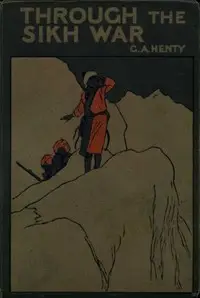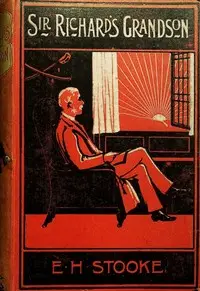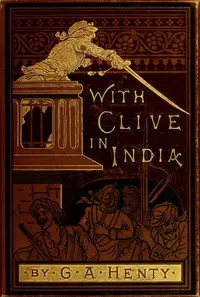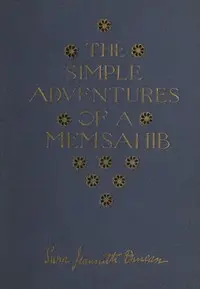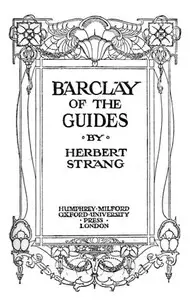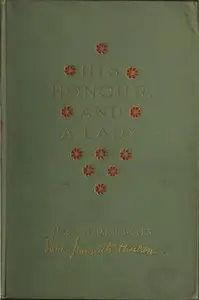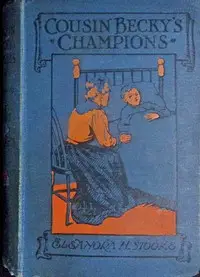"The Story of Sonny Sahib" by Sara Jeannette Duncan is a captivating historical fiction set in the tumult of 19th-century India, where the story unfolds as Sonny Sahib, a young English boy orphaned during the Indian Rebellion of 1857, becomes the center of a heartfelt journey; amidst the doctor-sahib's pressing concerns for the feverish memsahib and the ayah Tooni's fearful preparations to escape to Allahabad, the narrative plunges into a world of colliding cultures, as Sonny's life takes an unexpected turn under the care of his devoted ayah, Tooni, and a loyal servant named Abdul, prompting them to raise him in a village--their bond deepening as they navigate grief, and loss amid a relentless inquiry that begins into Sonny's true identity, challenging perceptions of identity and cultural belonging in a colonial world.

The Story of Sonny Sahib
By Sara Jeannette Duncan
Amidst rebellion, an orphaned English child is raised in an Indian village, challenging the boundaries of belonging and identity.
Summary
About the AuthorSara Jeannette Duncan was a Canadian author and journalist, who also published as Mrs. Everard Cotes and Garth Grafton among other names. First trained as a teacher in a normal school, she took to poetry early in life and after a brief teaching period worked as a travel writer for Canadian newspapers and a columnist for the Toronto Globe. Afterward she wrote for the Washington Post where she was put in charge of the current literature section. Later she made a journey to India and married an Anglo-Indian civil servant thereafter dividing her time between England and India. She wrote 22 works of fiction, many with international themes and settings. Her novels met with mixed acclaim and are rarely read today. In 2016, she was named a National Historic Person on the advice of the Historic Sites and Monuments Board of Canada.
Sara Jeannette Duncan was a Canadian author and journalist, who also published as Mrs. Everard Cotes and Garth Grafton among other names. First trained as a teacher in a normal school, she took to poetry early in life and after a brief teaching period worked as a travel writer for Canadian newspapers and a columnist for the Toronto Globe. Afterward she wrote for the Washington Post where she was put in charge of the current literature section. Later she made a journey to India and married an Anglo-Indian civil servant thereafter dividing her time between England and India. She wrote 22 works of fiction, many with international themes and settings. Her novels met with mixed acclaim and are rarely read today. In 2016, she was named a National Historic Person on the advice of the Historic Sites and Monuments Board of Canada.


